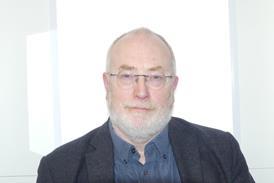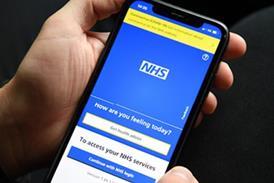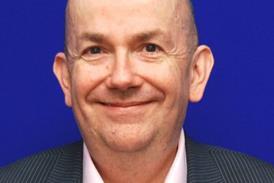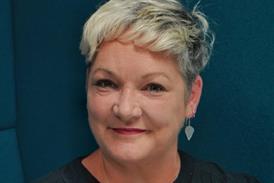Charging people to use NHS services will deter people who need essential treatment, says one HSJ reader
The wrong disincentive
I would like to comment on HSJ’s coverage of proposals by Lord Warner and the King’s Fund to introduce user charges (“Labour lord calls for NHS patient ‘membership charge’”).
When Anthony Harrison and I reviewed the international research on user charges (in Prescription charges: should they be abolished? Royal Pharmaceutical Society, 2005) the evidence overwhelmingly showed that charges are a very blunt instrument for deterring “frivolous” use of health services. They deter the well and the sick alike, delaying essential treatment and as a result driving additional costs elsewhere in the health system.
‘Charges risk widening health inequalities, damaging a key strength of the NHS compared to other health systems’
The UK performs poorly in international comparisons of cancer survival (partly as a result of delayed diagnosis) and the impact of long term conditions such as diabetes, with only half of diabetic patients receiving the checks they need to prevent or manage serious, costly and disabling complications (National Diabetes Audit 2011). Introducing charges for seeing a doctor would worsen these and other health outcomes by creating an additional barrier to receiving essential care.
Introducing means testing to target charges on those “who can afford to pay” would also be an inefficient use of resources: assessing ability to pay, collecting charges and dealing with user fraud cost money that could be more productively spent on delivering healthcare. Charges also risk widening health inequalities, damaging a key strength of the NHS compared to other health systems (World Health Report, World Health Organization, 2000).
Incentives should instead be targeted at provider organisations and health professionals, to encourage appropriate prescribing, to signpost patients with minor acute conditions to pharmacies, and to systematically deliver the proactive, community based care for chronic conditions that is so deficient at the moment, and which will increasingly be needed as the population ages.
Eileen Neilson, director, Willow Consulting
More training in child mental health
We are writing in response on an article by Shaun Lintern in HSJ regarding the national survey of paediatrics departments (“More children who have self-harmed on acute wards”).
Anecdotally through the Royal College of Psychiatrists’ membership we have also had reports of greatly increased pressure on both paediatric departments and child and adolescent mental health services with respect to presentations of self-harm in young people under 18. It is most likely that this increase in presentations of self-harm, which has been mirrored in the adult population, is a direct effect of the economic downturn, which has affected children and young people particularly.
Reports from our membership suggest that in many parts of the country children are experiencing unacceptable delays in being assessed and seen. However, we do not think that a change in policy as suggested by Nik Johnson is necessarily the step forward. The NICE guidelines (CG16), a consensus document, appropriately state that young people under 16 should be admitted to paediatric wards where appropriate containment and assessment can take place. The difficulty at the moment lies in the fact that the resources for these assessments have been significantly reduced by a series of cuts in funding for mental health services.
‘Perhaps improving training in mental health for paediatricians and other paediatric staff would address some of the concerns Dr Johnson has’
We do not think that following the NICE guidelines means that children are admitted to environments which are unsuitable. When the NICE guidelines were written the intention was for these children to be seen quickly and be directed to the most appropriate resource. Where this is not happening, and this is not universal, it is a failure of resources and planning in terms of CAMH service provision rather than problems with national guidance.
Paediatric wards may seem an unsuitable environment if staff are not trained properly to assess and manage those young people who present following episodes of self harm. Many paedaitric liaison services and CAMH specialist services provide training in the assessment and management of self-harm to A&E and paediatric ward staff.
In the past, the Royal College of Paediatrics and Child Health ran a very effective training programme, Child in Mind, that up-skilled paediatricians to assess and manage mental health problems in the paediatric population. Sadly this programme has been wound down. Perhaps improving training in mental health for paediatricians and other paediatric staff would address some of the concerns that Dr Johnson has about the environments in which these children are seen and assessed.
The Commons health committee has launched an inquiry into the current state of CAMH services, which we hope will go some way to highlighting and hopefully addressing some of these very difficult issues.
Dr Peter Hindley, chair, the faculty of child and adolescent psychiatrists, Royal College of Psychiatrists; Dr Anthony Crabb, chair of the paediatric liaison network, Royal College of Psychiatrists
























No comments yet